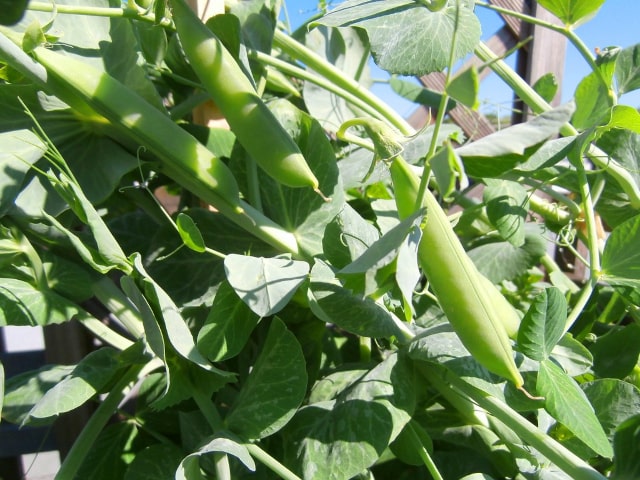
One of the best things about vegetable gardening is to make a salad or another meal from your freshly-harvested vegetable you have pulled from the garden 5 minutes earlier. This is what makes gardening so much fun and rewarding. Freshly-picked vegetables from your garden are also the most nutritious vegetables you can find.
It's important to remember that a vegetable starts to lose nutrients as soon as it's harvested. Sugars in it turn into starches and quality of a vegetable goes down. To have vegetables that are super-nutritious, pesticide-free, tasty and completely healthy, it's best to grow them in your garden.
There are many vegetables you can grow in your garden or even containers. Here are top 10 most nutritious vegetables you can easily grow yourself.
Broccoli
This vegetable is high in many elements and minerals, such as iron, calcium, magnesium, as well as vitamins A, B6 and C. Only one cup of raw broccoli florets can provide 130 percent of your daily vitamin C requirements. This is a very healthy plant you can grow in containers relatively easily.
To grow broccoli in containers, you should plant one broccoli plant per pot. Pots should be about 12 to 16 inches deep. They are easy to grow but they are prone to pests, namely cabbage worm. One sign that your broccoli is infected are pretty white butterflies flying around your broccoli. This is when little green worms appear all over the plant. To prevent this, you should cover your broccoli with floating row cover or lightweight bed sheets. One good thing is that it's relatively easy to get rid of worms: you can even simply pick them off by hand and remove it.
Peas
Peas are one of the most popular gardening vegetables. A snap pea just plucked from your garden is more nutritious and delicious than anything you can buy at any store. Peas are high in fiber, iron, potassium, magnesium as well as vitamins A, B6 and C.
You can easily grow peas in containers. Sow peas about 2 inches apart in a pot. Make sure that a pot is at least 10 inches deep. It's important to provide support for your peas to climb up. It's important to watch for hot weather, because it can damage the plants. When the weather becomes hot, pea production will shut down. For this reason, it's best to grow peas early in spring or late summer or in the autumn. It's important to pick a time of the year when temperatures are consistent, between 40 and 85 degrees F.
Beans
There are many different types of beans you can grow in your garden. Some of the best ones include navy beans, great northern beans and kidney beans. Snap beans (such as green beans and wax beans) make a great addition to your garden, it's those beans that can be grown as dried beans that are the most nutritious. Dry beans are high in iron, fiber, phosphorus and manganese.
To grow beans in containers, it's best to use bush beans. You should plant them 4 inches apart. Make sure that the container is at least 12 inches deep. The main thing to watch out for is harvesting: you need to harvest them at the right time. It's important to harvest them when the pods have completely dried on the vine. They should be light brown and you should be able to feel the hard beans inside. When you harvest them, shell them and let them sit out for a few days to make sure that they are completely dry before you store them in jars. Store the jars in a cool, dark and dry place.
Brussels Sprouts
Brussels sprouts are not many people's favorite vegetable, but they are very nutritious and can be made tasty if you don't overcook them. If they are prepared in a right way, they are very tender, sweet and delicious. They are also a great source of fiber, magnesium, potassium and riboflavin, as well as vitamins A, B6 and C.
You can grow Brussels sprouts in containers. You should grow one plant per 16 inch container. They are relatively easy to grow, and the only thing to watch out for are cabbage worms. You can prevent them and get rid of them in the same way you deal with cabbage worms attacking broccoli (see above).
Tomatoes
Tomatoes are probably the most popular gardening vegetable and usually the first vegetable beginner gardeners choose to grow. Tomatoes are very healthy and they make a great source of fiber, iron, magnesium, niacin, potassium and vitamins: vitamin A, B6 and C. In addition to this, tomatoes are also a great source of the antioxidant lycopene.
To grow tomatoes in containers, make sure that the container size will vary depending on your chose tomato variety. If you want to grow a indeterminate variety, you need to use a container that is about 18 inches deep. For determinate varieties, a 12 inch deep pot is a good one. For dwarf, "patio" varieties, 8 inches deep pot is a perfect choice. As a rule, you should plant one tomato plant per pot. The most important thing to watch out for is tomato horn worm. This pest is a problem in many areas. Those are large caterpillars that can do much damage. Luckily, you can get rid of them relatively easily: you may remove them by hand whenever you see them. Another thing to watch out for are signs of blight, which is another common tomato problem in the US.
Red Bell Peppers
Red bell peppers are very nutritious. They are rich in potassium, riboflavin and vitamins: A, B6 and C. One cup of red bell peppers offers 317 percent of the recommended daily dosage of vitamin C, as well as 93 percent of the recommended vitamin A.
To grow red bell peppers in containers, you should plant one pepper plant per 8 to 12 inch deep pot. One thing to watch out for are aphids and flea beetles. They make two most common insect pests for peppers. Both can be controlled with insecticidal soap. This is a common organic option. You may also opt for making your own, homemade sprays to keep these pests away. You can make a tomato leaf spray and use them on red bell peppers to get rid of aphids. Garlic/hot pepper spray works great against flea beetle infestation.
Beets
You can use beets in many different ways. You can harvest their roots or you can harvest and eat greens. Maybe you don't know, but young beet greens are very tasty when you add them raw to a salad. Larger beet greens can be sauteed and used as a quick side dish. Alternatively, you may use them the way you use other greens, such as spinach. Beet roots are rich in iron, potassium and vitamin C. Beet greens are rich in iron, calcium, magnesium, potassium, zinc, as well as vitamins A, B6 and C.
To grow beets in containers, you should plant beet seeds 3 inches apart in a container that is about 12 inches deep. Since each beet seed is actually a cluster of seeds, make sure to thin the seedlings to one per cluster. Thinnings can be added to your salads or sandwiches so you won't waste a thing. One thing to watch out for is to know when to harvest. Beet roots should be harvested when they are small (about 1 to 2 inches across). They are very sweet and tender at this size. Larger beets can be woody and contain less flavor.
Leaf Amaranth
This is a less known vegetable but it's a great one to be grown in your garden. Its leaves have a sweet, slightly tangy flavor. They can be used in a variety of dishes, such as stir-fries and soups to simply steaming them all by themselves. In addition to this, leaf amaranth is one of the few heat-tolerant greens. It will never bolt in the heat of the summer the way kale or spinach are prone to. Leaf amaranth provides many nutrients, such as iron, calcium, magnesium, phosphorous, potassium, riboflavin, zinc, as well as vitamins: A, B6 and C.
To grow leaf amaranth in containers, scatter the tiny seeds all over the soil's surface in a pot that's at least 8 inches deep. You should harvest leaves when they are about 2 to 4 inches tall. You should be able to get at least 2-3 harvests before you need to sow more seeds. One thing to watch out for is leaf miners. Other than that, lead amaranth is easy to grow and it's problem-free.
Carrots
Carrots are one of the best garden vegetables. They are on their sweetest healthiest when they are freshly harvested from the garden. These vegetables are very high in fiber, manganese, niacin, potassium, as well as vitamins: vitamin A, B6 and C. The only potential drawback is that they are hight in sugar, so in case you're watching your carb intake, you should limit the amount of carrots you eat.
To grow carrots in containers, sow the seeds 2 to 3 inches apart in a pot that's at least 12 inches deep. It's best to use short varieties for containers, such as Thumbelina or Danver's Half Long. One thing to watch out for is to harvest carrots when they are at the perfect size. Carrots are at their most delicious when they are harvested small. If you leave them in the ground for too long they can overgrow into too large, woody carrots. Another thing to keep in mind is to keep them evenly moist. Letting the soil dry out too often can result in bitter, fibrous carrots.
Leafy Greens
There are many leafy greens you can grow in your garden or containers. All leafy greens are very delicious and nutritious: kale, spinach, collards, turnip or dandelion greens. These plants are generally rich in calcium, iron, potassium and vitamins A, B6 and C.
To grow leafy greens in containers, you should grow one plant per 10 inch deep pot in the case of kale, or several plants per pot for other greens. If you grow more than one plant per pot, make sure to leave at least 4 inches between plants. It's important for these greens to be harvested small. One thing to watch out for is hot weather. Most leafy greens are cool-weather crops and are best to be grown in spring and fall. Too much hot weather will make them bolt. Another thing to watch out for are cabbage worms. Most of these plants are members of the Brassiacs family, which makes them prone to cabbage worm infestations. You can control them in the same way suggested in the "Broccoli" section (see above).
Photo credit: Jennifer C.
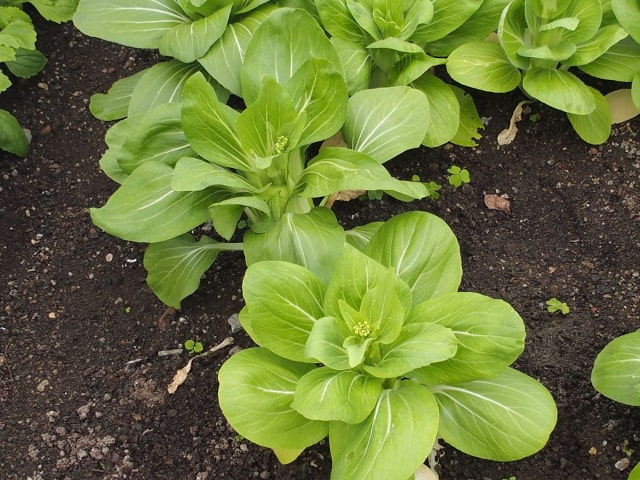
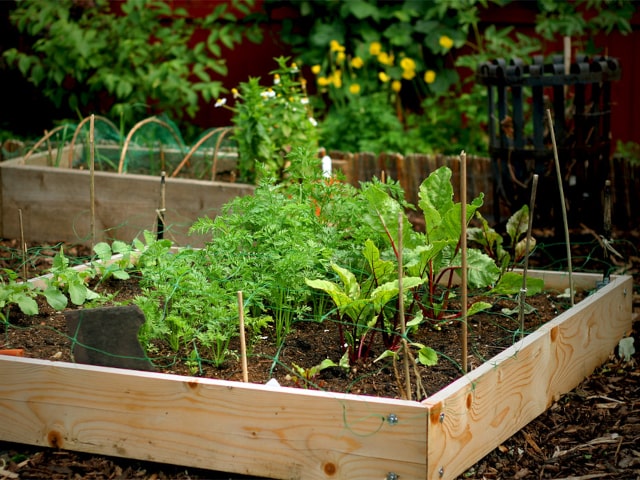
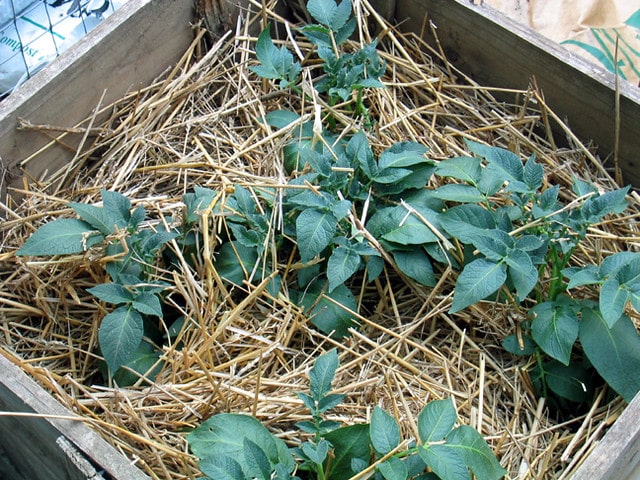
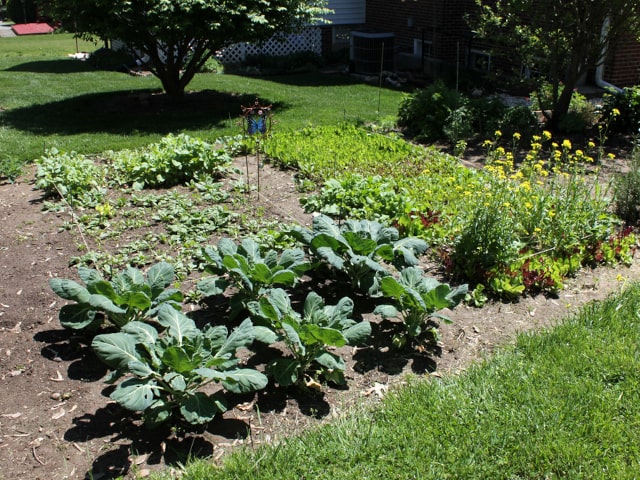
0 Comments